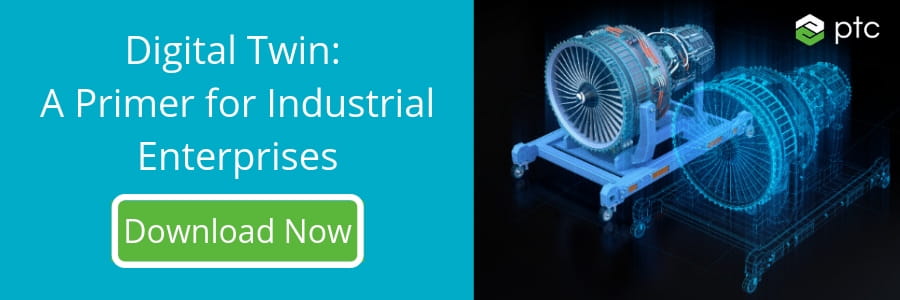AR & Digital Twin Technologies Are a Powerful Combination
Digital transformation strategies are evolving quickly, and companies are navigating more technologies than ever before. Many industrial enterprises are feeling the pain of attempting to deploy different technology solutions in siloes, often within single business functions and even within individual worksites.
Two such technologies are augmented reality (AR) and digital twin, and they both pose unique challenges for those pursuing them. Challenges for augmented reality include lack of 3D content and cumbersome processes to update and scale that content as business needs change. Digital twin challenges include a lack of interface to consume the decision-enhancing insights they create, particularly in the field where physical assets live and processes take place. Forward-thinking industrial enterprises are beginning to combine AR and digital twin strategies to overcome these challenges and save time and money while improving the fidelity and value of each.
Advantages of Combining Digital Twin and AR
Augmented reality is having a breakthrough moment as a key enabler to workforce productivity improvements in industrial settings. Some of the most value-rich augmented reality use cases include augmented user manuals, guided work instructions, and computer-vision led quality assurance.
While pilots being custom-developed have proven their ROI, it can be challenging to ensure these experiences are up to date and scalable. Adding to this augmented reality challenge is evolving products and work procedures as industrial enterprises produce increasingly custom product configurations and embrace agility and flexibility within their operations.
This is where a digital thread and digital twins for AR can create compounded value. All of these new and changing products and processes have a digital identity, often fragmented in pockets today.
From design and lifecycle management configurations of products, to standard operating procedures documented in manufacturing systems, and now IoT sensors that monitor and analyze real-world experiences in the field, all the data exists to generate dynamic data sets on demand. By mapping these disparate digital identities into a single digital thread, holistic, up to date views exist for products, processes, and worker tasks.
For companies pursuing AR, digital twin and thread content can provide the backbone necessary to deploy augmented reality experiences at scale. Volvo Group is pursuing this opportunity with great results. Volvo Group identified AR as the ideal solution to a paper-based QA process that was proving to be a costly bottleneck in their assembly line. With constantly changing and highly custom product configurations, they realized the only way to ensure accurate and up to date 3D content was to connect straight to the source – their CAD and PLM systems.
By creating a digital thread from engineering systems downstream to QA technicians during assembly, augmented reality experiences can be created and updated in minutes, compared to hours or weeks through custom, labor-intensive reprogramming. And with augmented reality as the lens to view the 3D content from the digital thread or a digital twin, worker quality and productivity is dramatically improved.
Learn More
AR and digital twin may be emerging technologies with novel challenges, but combining them can ease the pain points associated with each and accelerate digital transformation. With agility, flexibility, and scale as some of the main drivers of digital transformation, having interoperable information systems that communicate in real-time is paramount.
Building a digital thread and digital twins provide the necessary architecture to deploy multiple augmented reality use cases with minimal effort, and help organizations maximize the value of all of its’ technology deployments across the value chain.
To learn more about AR and digital twin, read our new whitepaper – Digital Twin: A Primer for Industrial Enterprises
